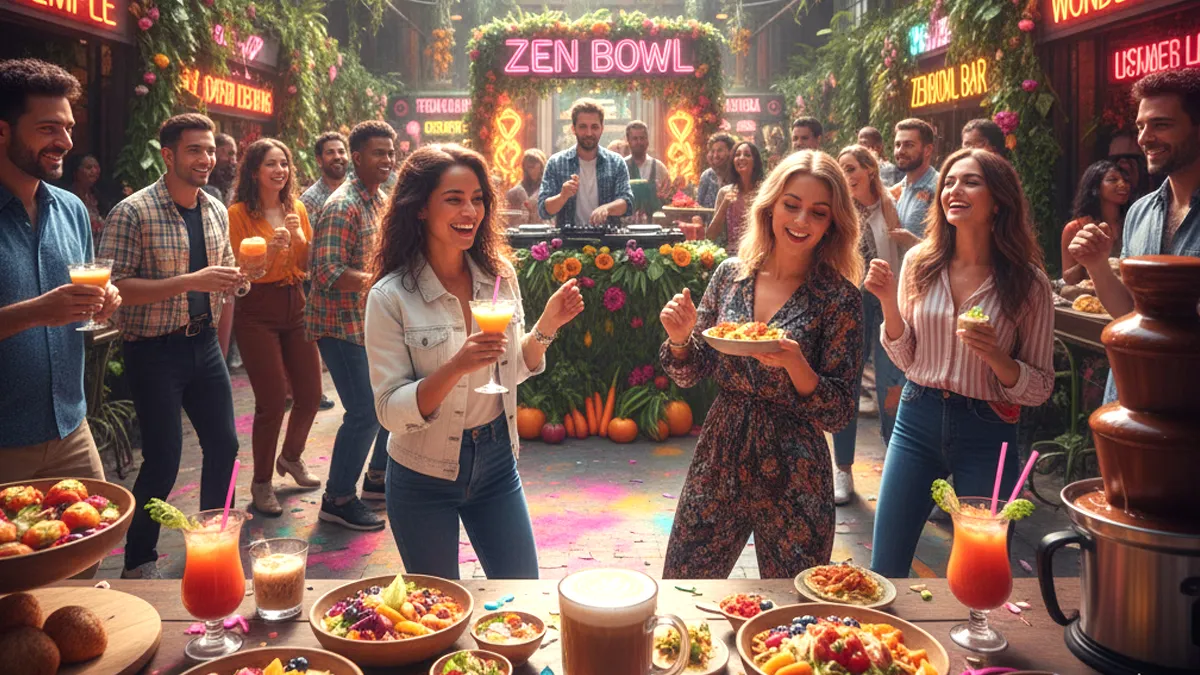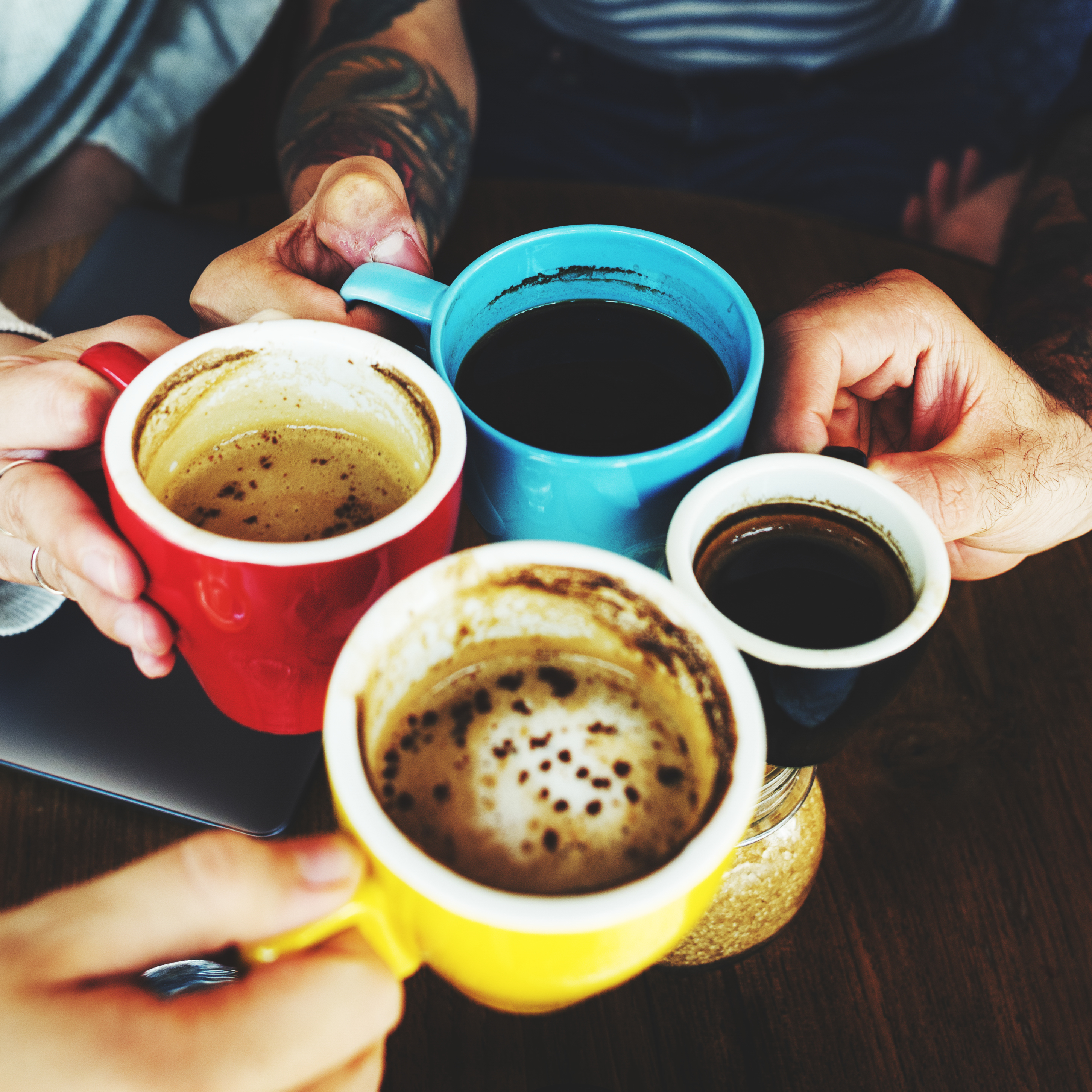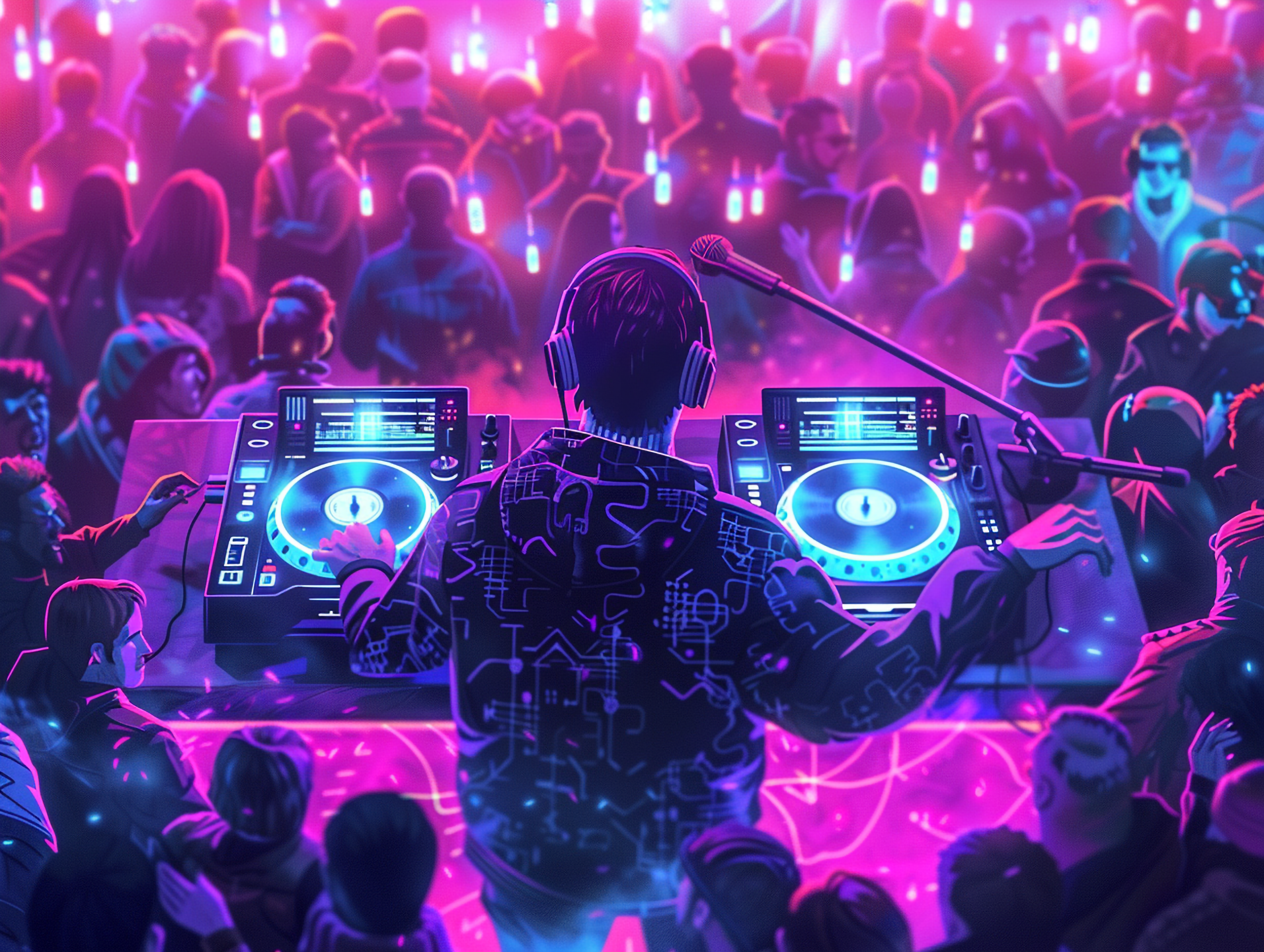
It’s Saturday morning in Delhi, and the bass is thumping. Unusual right? Wait, there’s more. The DJ is spinning high-energy tracks under a canopy of neon lights, guests are swaying to the rhythm, and yet—the spotlight isn’t on the dance floor. It’s on the food. Plates of gourmet bites and fusion street food float across the room, passed between strangers who are laughing, tasting and Instagramming. Welcome to the new cultural phenomenon: the food rave.
Part supper club and part underground party, food raves are India’s answer to a generation craving experiences that blur the line between dining and nightlife. They’re not just about eating—they’re about engaging all five senses in a communal, celebratory ritual.
For Susmita Pakrasi, a public relations professional, the idea was simple: food shouldn’t just be the backdrop to a party, it is the party. “I wanted to create an experience that went beyond just dining,” she explains. Her first food rave in Delhi brought together a small group of 15-20 people, yet the energy was electric. With a DJ curating a high-octane soundtrack, experimental dishes on display, and immersive decor, guests found themselves transported into a world where gastronomy collided with culture.
“The uniqueness lies in blending the energy of a rave with the creativity of food,” Pakrasi says, adding that the experience wasn’t about passive tasting—it was about food being the centerpiece of the celebration.
Coffee is also becoming a central part of rave culture. Chef Ruhi Gupta, founder of August Cafe in Mumbai, turned her cafe into a sunrise dance floor fueled not by cocktails, but cappuccinos.
“We wanted to bring together two essentials morning folk love—caffeine and movement,” says Gupta. Imagine this: Live music playing in the background, baristas pulling espresso shots with precision, smoothie bowls and light bites being passed around, and young professionals dancing with a latte in one hand. “It wasn’t just about coffee or music–it was about starting the day in community, with joy and lightness,” Gupta adds.
The experiment turned into a movement. Tickets sold out within days, with guests registering in advance for the next edition. Unlike late-night parties that leave you drained, coffee raves leave people energised—armed with new friends and a caffeine high.
Don't miss: Best Chole Bhature In Delhi: 5 Iconic Places You Must Try

For some, the intrigue is simply about seeing what’s next in culture. Muskan Khullar, founder of Bite-Sized Insights, a food trends newsletter, recalls attending food raves in Bengaluru and Amritsar. “Sobriety is now the new cool,” she says. “People are happy to come with friends, dance it out, and get that adrenaline pumping without alcohol.”
In Khullar’s experience, food raves feel lighter, fresher and friendlier than Western versions, but she offers a caveat—like all trends, their novelty might fade. “Once the hype extends to matcha raves and sushi raves, the essence might get diluted,” she notes. For now though, their charm lies in their creativity—and their Instagrammability.
Elsewhere in Mumbai, Chef Rahul Punjabi of BANG BANG! Noodle decided to spotlight hand-pulled noodles with the city’s first noodle rave. With the Sichuan heat, bold flavours, a live DJ, and noodles slapped into shape right before your eyes, “it was less about excess and more about joy,” says Punjabi. “Guests stayed for the noodles, but left with a sense of community.”
Meanwhile, Tarak Bhattacharya, CEO of Mad Over Donuts, leaned into sweetness with a donut rave. Held in a mall outlet transformed into a high-energy venue, the event centered on donuts as a “circle of happiness”. Guests grooved to DJ sets, joined contests, and walked away with sprinkles of joy. “Today’s audiences don’t just want to eat or dance,” Bhattacharya explains. “They want to immerse themselves in experiences that engage all the senses.”
And if you thought fitness and food couldn’t mix, think again. Anik Bajaj of Le Sutra Hospitality fused Zumba with avocado toast, energising smoothies, and contests in his food rave at Mumbai-based restaurant Out of the Blue. The result? A morning that felt like a festival of wellness and flavour rolled into one.
Even farmers are in on the movement. At Two Brothers Organic Farms rave organised by Food Stories, Bengaluru, grocery shopping turned into a multisensory event. Guests carried “passports” stamped at each brand counter, while DJs kept the beat alive. Ghee-roasted popcorn, bullet coffee shots, and grazing tables made food discovery feel like a festival. For co-founder Satyajit Hange, the rave was about connection. “People want experiences worth sharing. Food raves are about discovery, entertainment, and community,” he says.
Don't miss: From Lattes To Desserts: 7 Best Matcha Spots In Delhi NCR

Whether it’s noodles in Mumbai, donuts in malls, or bullet coffee, one thing is clear: raves are becoming the cultural currency of a generation that values experiences over consumption. They’re spaces where food takes the spotlight, music drives the rhythm, and community ties it all together.
Are they here to stay? Perhaps not in their current form. As Khullar points out, the trend could evolve—or implode—once brands overdo it. But for now, food and coffee raves are reshaping how India eats, drinks, and celebrates.
After all, in an age of hyper-curated Instagram feeds and endless dining options, what’s cooler than saying: I didn’t just have dinner, I raved with my noodles.
For more such stories, stay tuned to HerZindagi.
Image courtesy: Freepik
Also watch this video
Herzindagi video
Our aim is to provide accurate, safe and expert verified information through our articles and social media handles. The remedies, advice and tips mentioned here are for general information only. Please consult your expert before trying any kind of health, beauty, life hacks or astrology related tips. For any feedback or complaint, contact us at compliant_gro@jagrannewmedia.com.